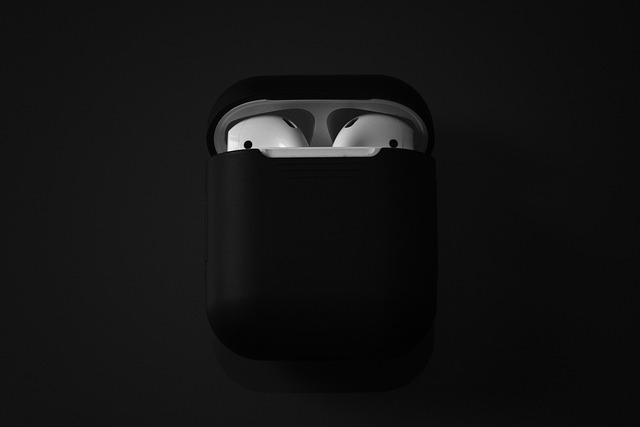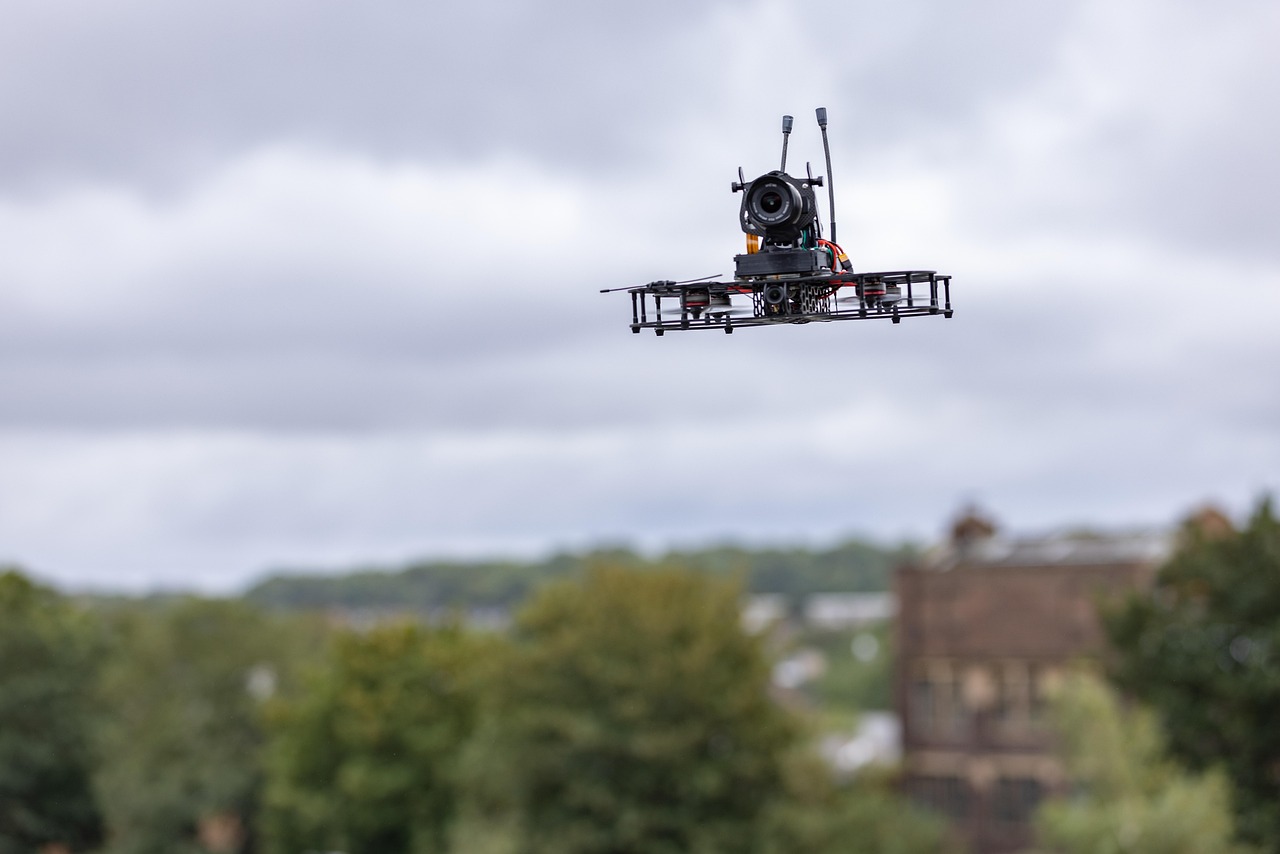
Digital Audio Workstation (daw)
Introduction to Digital Audio Workstations
A Digital Audio Workstation (DAW) is a crucial tool in modern audio production. It serves as an electronic device or application software designed for recording, editing, and producing audio files. DAWs have evolved significantly since their inception, becoming more accessible and versatile for a wide range of audio applications, including music, podcasts, soundtracks, and more.
The Evolution of DAWs
The journey of DAWs began in the 1970s and 1980s when early attempts faced numerous challenges. High storage costs and slow processing speeds limited their functionality. However, advancements in technology have transformed DAWs into powerful platforms that can handle complex audio tasks with ease.
Types of Digital Audio Workstations
DAWs come in various configurations, catering to different user needs:
- Software DAWs: These are applications installed on computers or laptops. Popular examples include Ableton Live, Logic Pro, and Pro Tools.
- Hardware DAWs: Integrated stand-alone units that combine software and hardware for a more tactile experience. These are often used in professional studios.
- Mobile DAWs: Simple smartphone-based applications that allow for on-the-go recording and editing. Examples include GarageBand for iOS and FL Studio Mobile.
Key Features of DAWs
DAWs typically offer a range of features that enhance audio production:
- Multi-track Recording: Users can record multiple audio tracks simultaneously, allowing for complex arrangements.
- Editing Tools: DAWs provide various editing options, including cutting, copying, and pasting audio clips, as well as applying effects.
- MIDI Support: Many DAWs allow users to work with MIDI data, enabling the use of virtual instruments and synthesizers.
- Mixing and Mastering: Integrated mixing consoles help balance audio levels, apply effects, and prepare tracks for final output.
Recent Innovations in DAW Technology
Recent developments in generative artificial intelligence are influencing the future of DAWs. A research paper from Georgia Tech introduced the term "Generative Audio Workstation" to describe this new class of DAWs that leverage AI to assist in music composition and sound design. This innovation is expected to enhance creativity and streamline workflows for producers.
Choosing the Right DAW
Selecting the right DAW depends on several factors, including:
- Budget: DAWs range from free options to expensive professional software. Consider your budget and the features you need.
- Skill Level: Some DAWs are more user-friendly for beginners, while others offer advanced features for experienced users.
- Type of Music: Different DAWs cater to specific genres or styles of music. Research which DAW aligns with your musical goals.
Conclusion
Digital Audio Workstations have become indispensable in the world of audio production. Their evolution from basic recording tools to sophisticated software reflects the advancements in technology and the growing demand for high-quality audio content. As generative AI continues to shape the landscape, DAWs will likely become even more powerful, offering new creative possibilities for musicians and producers alike.

















 Bestselling Authors 2024
Bestselling Authors 2024 
 Health
Health  Fitness
Fitness  Lifestyle
Lifestyle  Tech
Tech  Travel
Travel  Food
Food  Education
Education  Parenting
Parenting  Career & Work
Career & Work  Hobbies
Hobbies  Wellness
Wellness  Beauty
Beauty  Cars
Cars  Art
Art  Science
Science  Culture
Culture  Books
Books  Music
Music  Movies
Movies  Gaming
Gaming  Sports
Sports  Nature
Nature  Home & Garden
Home & Garden  Business & Finance
Business & Finance  Relationships
Relationships  Pets
Pets  Shopping
Shopping  Mindset & Inspiration
Mindset & Inspiration  Environment
Environment  Gadgets
Gadgets  Politics
Politics 